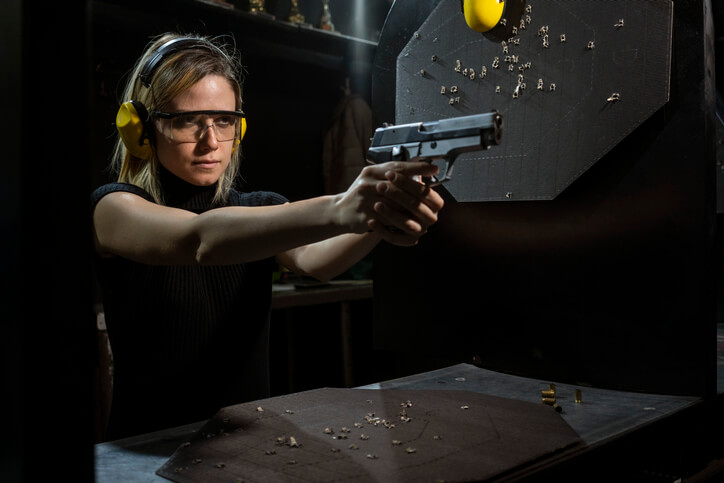How To Stop Flinching While Shooting
Jun 11th 2020

Whether you only flinch from time to time or it routinely plagues your firearms training, you’re not alone. While flinching can have a negative impact on your aim and performance, it’s nothing to be ashamed of. The good news is that training out the flinch response is pretty straightforward. With a little time and practice, you’ll kick the flinch habit to the curb.
If you’re looking for other ways to improve and expand on your marksmanship skills, consider trying our tactical training courses.
Contact us to enroll or find out more information about our training courses.
What Is Flinching?
There are a few different reasons why we flinch, but the end result is pretty much the same. You’re in position, finger on the trigger, ready to take the shot. You pull the trigger and do a little jump, causing the gun to be shoved forward. Or, maybe you have a little jolt and blink right when you take the shot. No matter what form your flinching takes, it’s an involuntary, knee-jerk reaction that causes you to miss the mark. It’s important to remember that everyone’s been there, and that flinching doesn’t make you weak or a bad shooter.
Why We Flinch
When we hear a loud noise or when something pushes against us with force, our natural instinct is to have a physical reaction — i.e., the flinch. If you’ve been shooting for a while, there’s also the possibility that flinching comes as an auto-response to stabilize yourself. Whether it’s the recoil or the sound, our response to the stimuli becomes ingrained in training, making it harder to avoid in each subsequent practice. Once you become aware that you’re flinching and why it’s happening, it can be easier to nix the habit.
Fix The Flinch
Dry fire training is an excellent method to get in ample practice without the stressors that are causing the flinch in the first place. Dry fire simply means to train without using live ammunition. Once you have established better habits, it will be easier to reduce flinching at the range. Also, make sure to wear appropriate hearing protection and to keep a proper stance. This will help reduce noise and recoil issues that could be contributing to the flinch. As the saying goes, practice makes perfect. And, the closer you get to perfect practice, the better.
Check out more of our gun training tips to practice at home and enroll in tactical training to help you beat your personal best.




